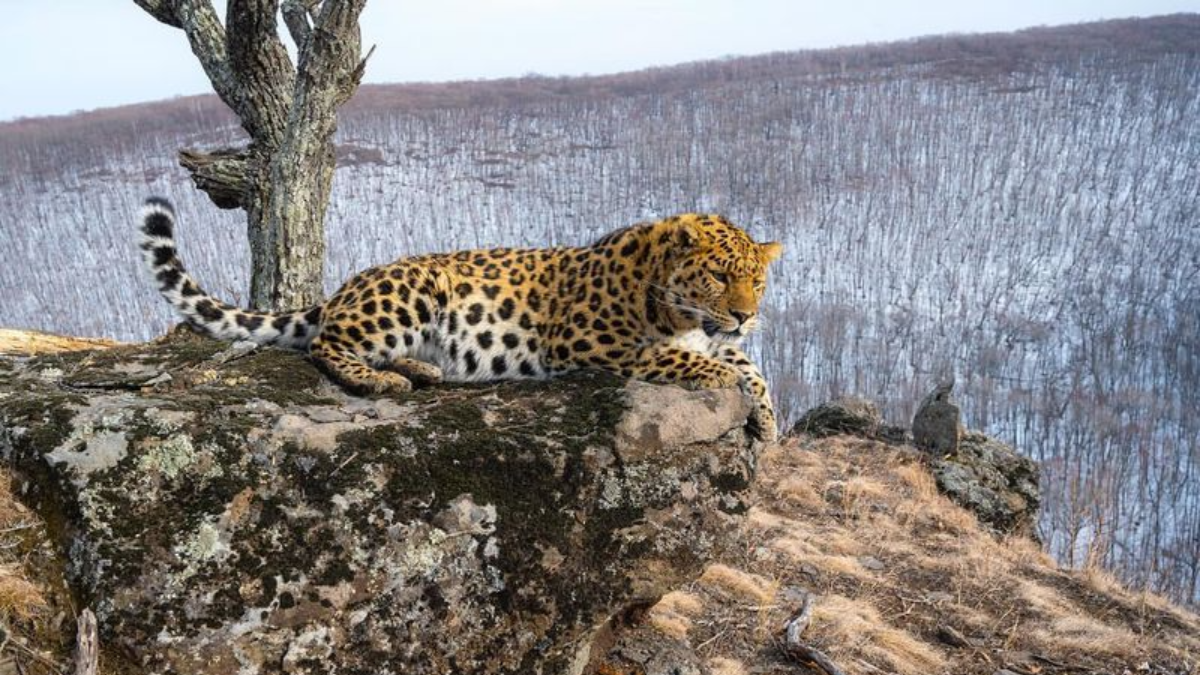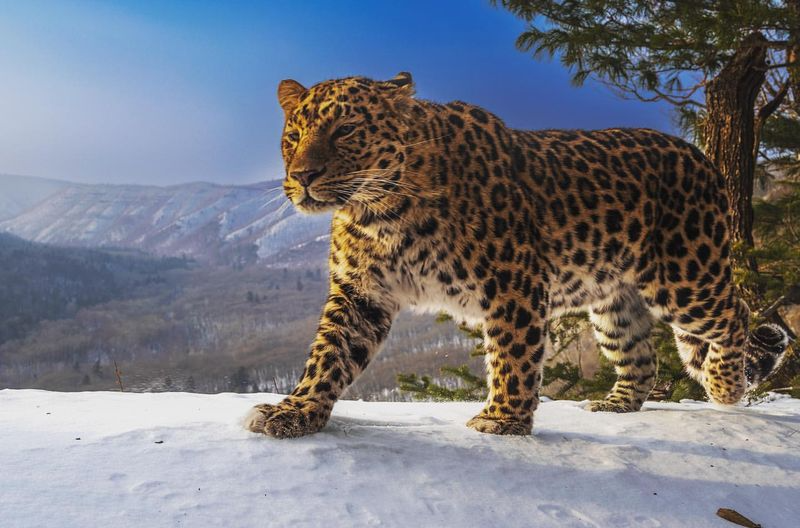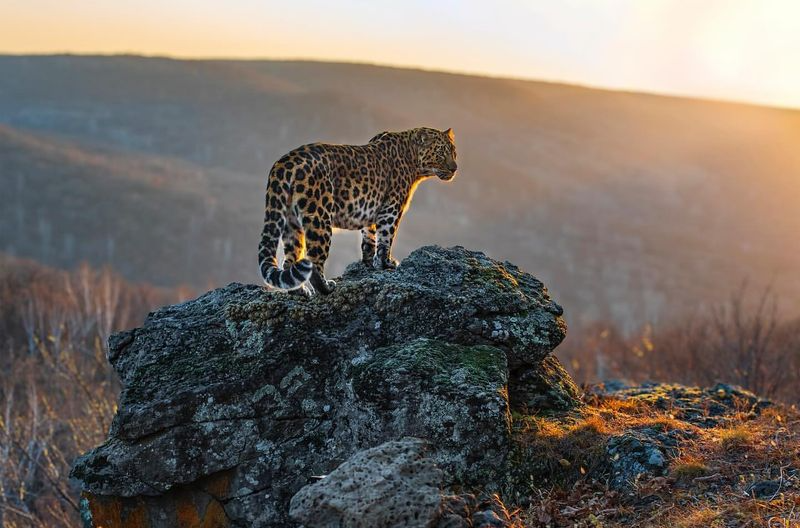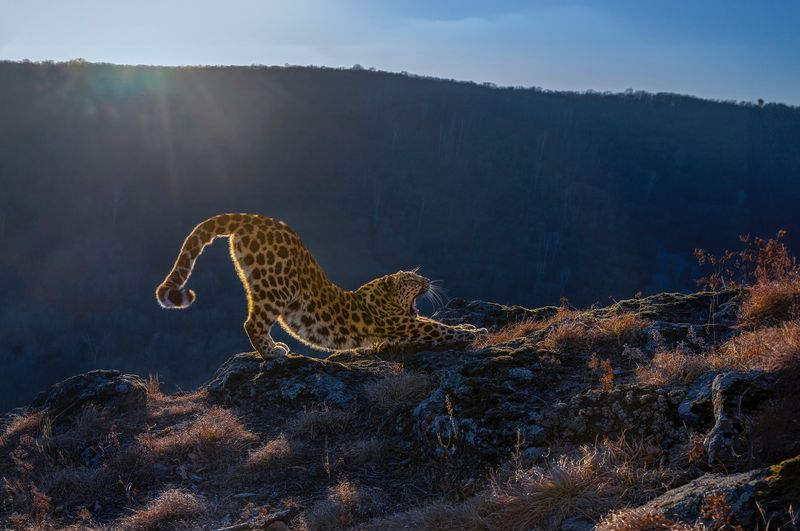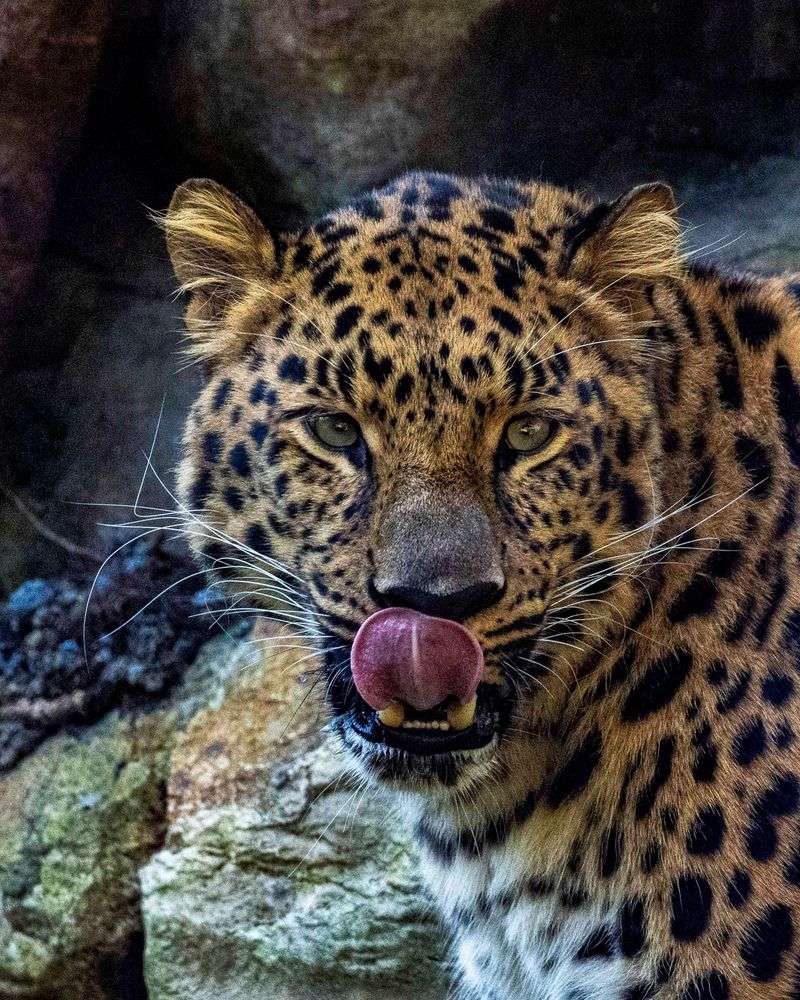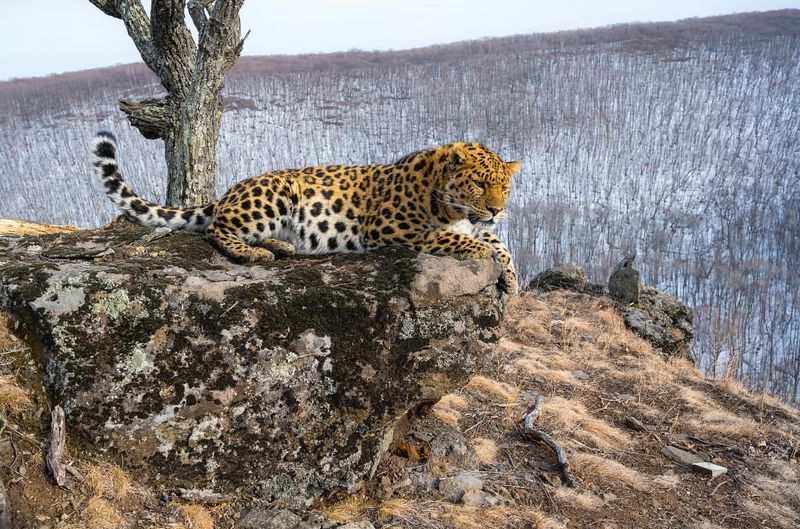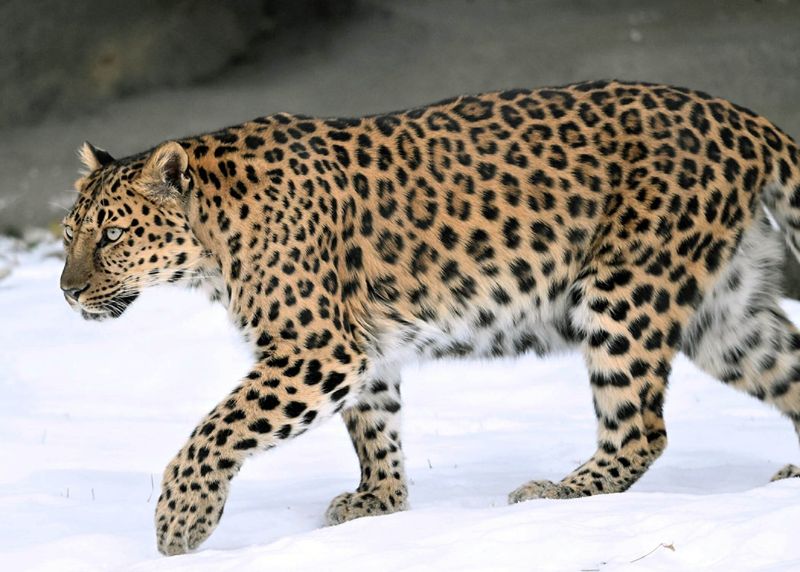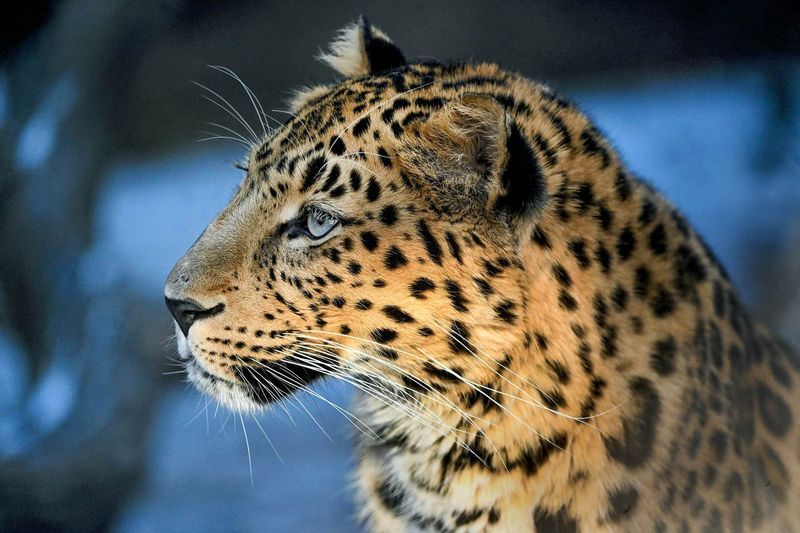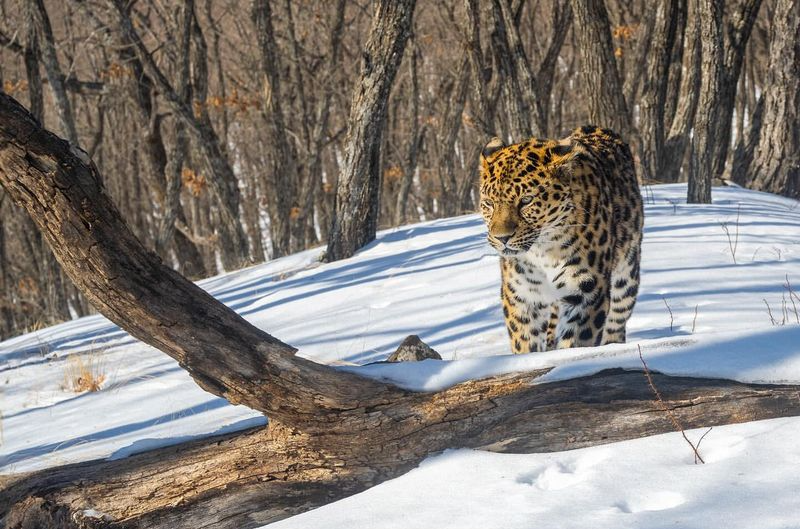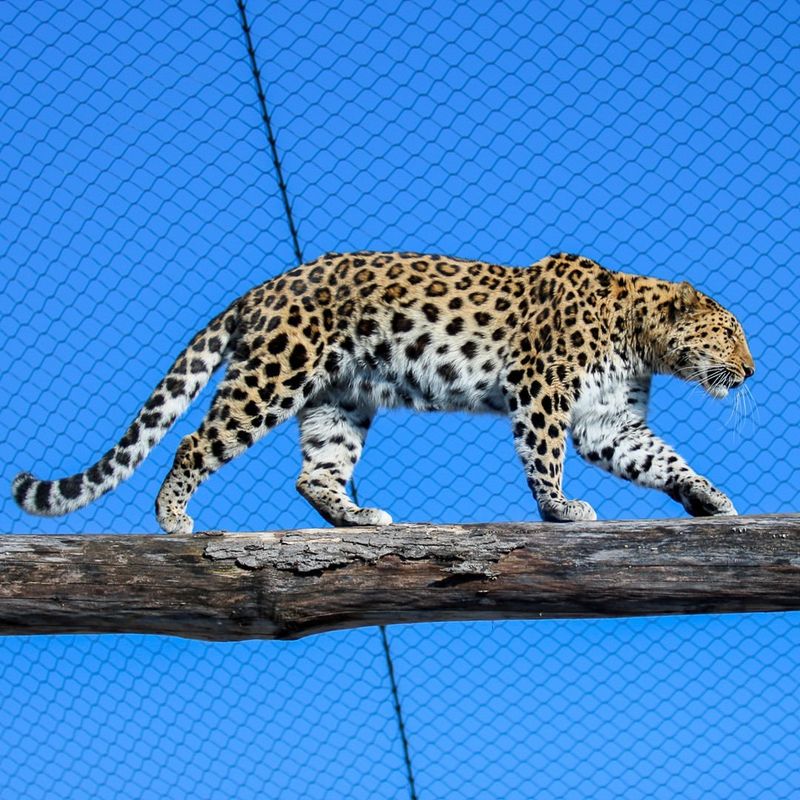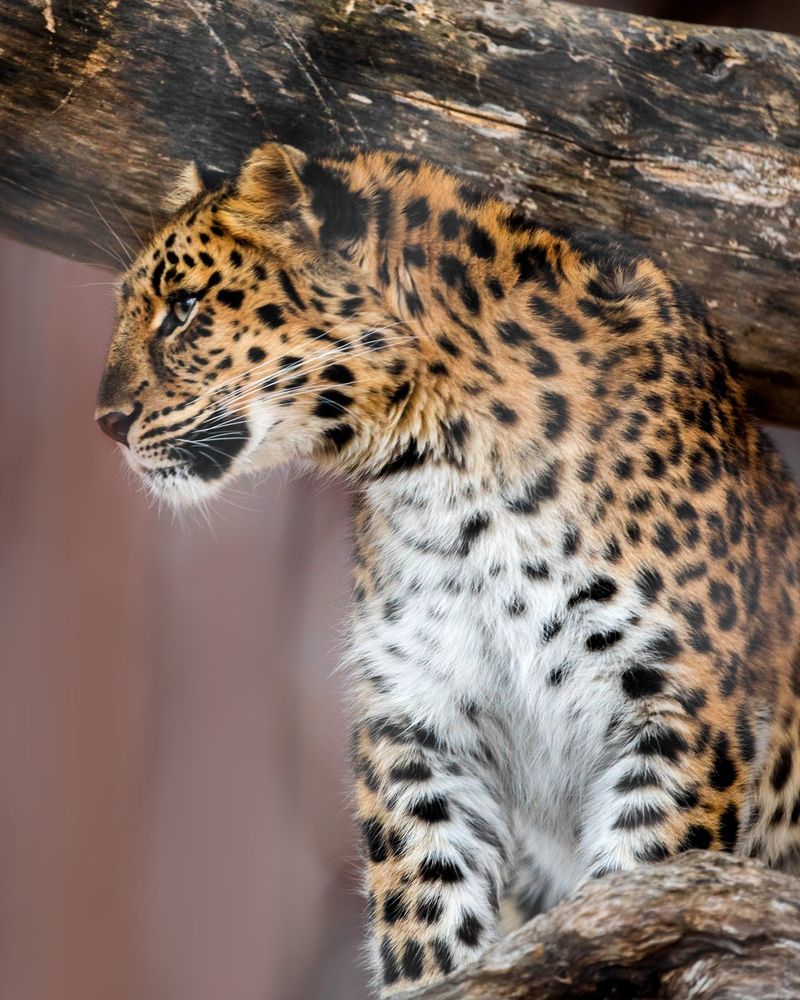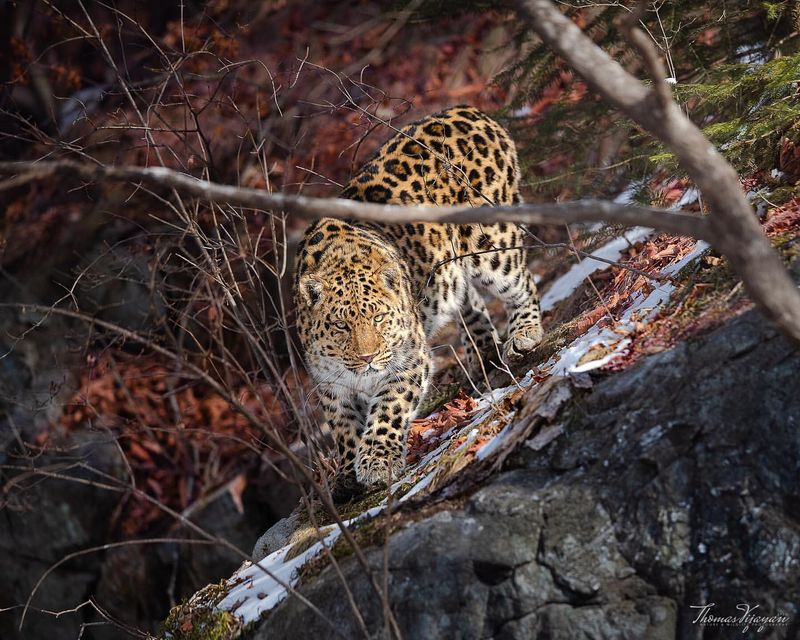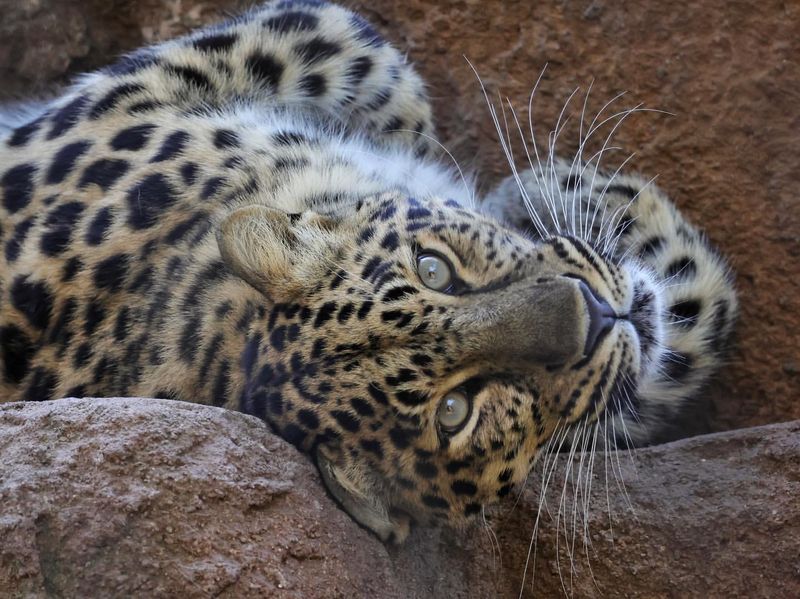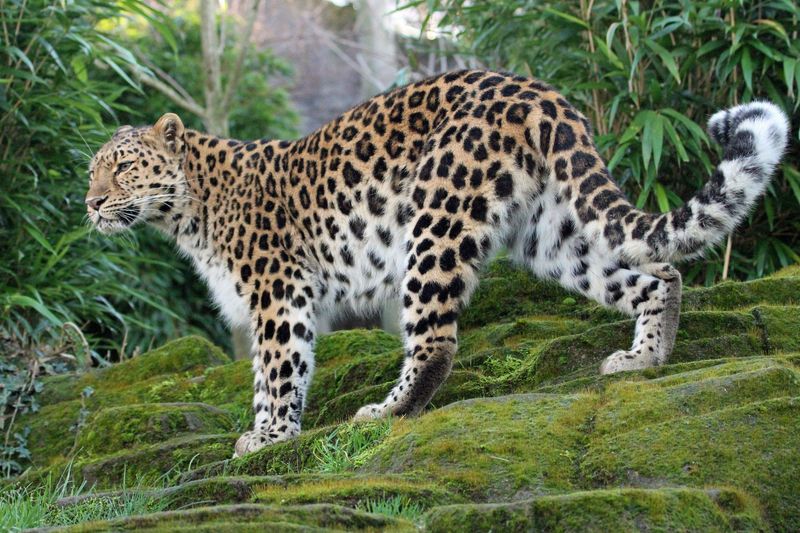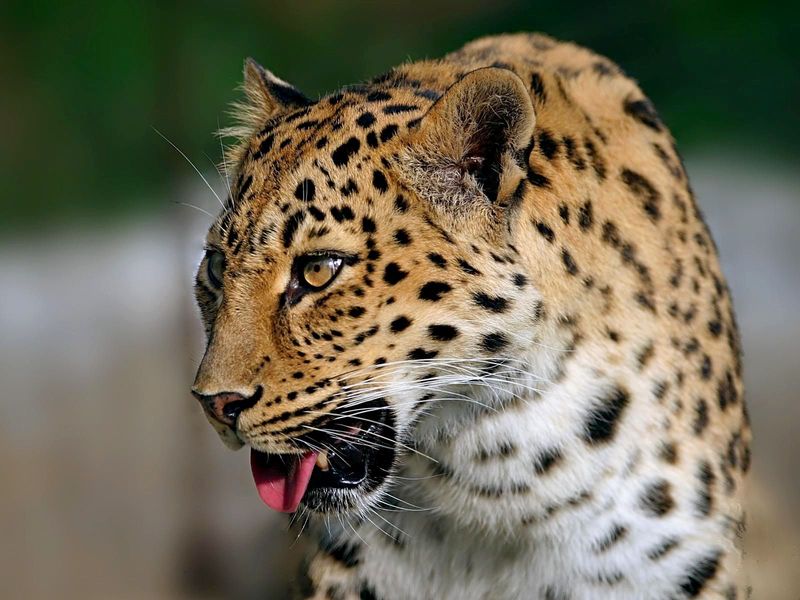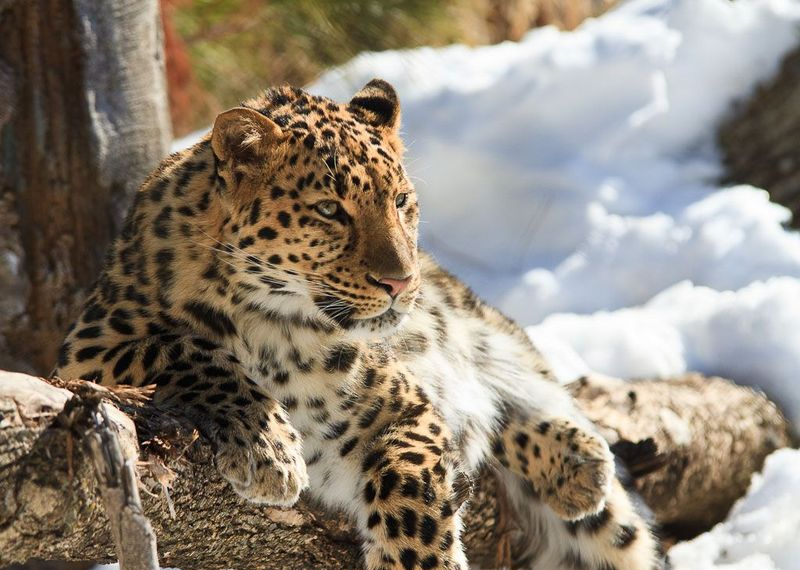📖 Table of Content:
- 1. Unique Coat Pattern
- 2. Incredible Jumping Ability
- 3. Solitary Lifestyle
- 4. Dietary Preferences
- 5. Conservation Status
- 6. Adaptation to Cold
- 7. Rare Genetic Traits
- 8. Historical Range
- 9. Lifespan and Reproduction
- 10. Threats from Poaching
- 11. Unique Communication Methods
- 12. The Role of Technology in Conservation
- 13. Interesting Behavioral Traits
- 14. Collaborative Conservation Efforts
- 15. Impact of Climate Change
The Amur leopard is often described as the rarest big cat on earth, with an estimated population of less than 200 individuals left in the wild.
Known for its striking appearance and impressive agility, this critically endangered species faces numerous threats to its survival, from habitat destruction to illegal poaching.
This blog post delves into 15 fascinating facts about the Amur leopard, shedding light on its unique characteristics, conservation efforts, and the challenges it faces in the wild.
1. Unique Coat Pattern
The Amur leopard boasts a coat like no other, adorned with large and widely spaced rosettes that have thick, black outlines.
This unique pattern not only serves as excellent camouflage in its natural habitat of temperate forests but also makes it a target for poachers. Each leopard’s pattern is as unique as a fingerprint, helping researchers identify individuals in the wild.
The thick fur, growing up to 7.5 cm in winter, provides warmth against the harsh cold. Sadly, this beautiful fur makes them vulnerable to illegal fur trade, posing a significant threat to their survival. Conservation efforts focus on anti-poaching measures to protect these majestic creatures.
2. Incredible Jumping Ability
Possessing exceptional agility, Amur leopards are known for their incredible jumping ability. They can leap horizontally over 6 meters and vertically up to 3 meters, an adaptation that aids in hunting and evading threats.
This prowess allows them to navigate the rugged terrain of their habitat with ease. Their powerful hind legs are the key to these astounding leaps. Such agility not only assists in capturing prey but also in asserting dominance and protecting territory.
As solitary animals, they rely on such skills to thrive alone. Despite these capabilities, human encroachment continues to threaten their natural movement patterns.
3. Solitary Lifestyle
Amur leopards lead an introverted life, preferring solitude over social interactions. Each leopard occupies a defined territory, which they mark through scent and claw marks on trees.
This solitary nature is vital for reducing competition for limited prey. Females only seek company during mating season, which occurs once a year. After mating, males return to their solitary existence.
This lifestyle requires vast territories to ensure enough resources for survival. Unfortunately, habitat fragmentation due to human activities is shrinking these territories, placing additional stress on their population.
4. Dietary Preferences
The Amur leopard’s diet primarily consists of deer, such as roe deer and sika deer, and smaller mammals like hares and badgers
A skilled hunter, it employs stealth and patience, often stalking its prey for long periods before launching a swift attack. This carnivorous diet requires large hunting grounds to sustain an individual leopard. They typically hunt at dawn or dusk, relying on their keen eyesight and hearing to locate prey.
Seasonal changes may influence their prey choices, adapting to availability. Unfortunately, competition with humans for game and loss of prey due to poaching adds pressure to their survival.
5. Conservation Status
Classified as Critically Endangered by the IUCN, the Amur leopard’s survival is hanging by a thread. With an estimated 200 individuals left in the wild as of recent counts, their numbers are alarmingly low.
Habitat loss, poaching, and prey depletion are the primary threats driving them toward extinction. Conservation initiatives focus on anti-poaching patrols, habitat restoration, and community engagement.
Protected areas, such as the Land of the Leopard National Park in Russia, provide a safe haven. These efforts aim to stabilize and eventually increase their population, ensuring that future generations may witness the beauty of this elusive big cat.
6. Adaptation to Cold
The Amur leopard has evolved to survive in harsh, cold environments. Its thick, beautiful fur not only serves as an adornment but also provides essential insulation against freezing temperatures. The fur is denser and longer during winter, reaching up to 3 inches.
Their large paws act as snowshoes, distributing weight evenly to prevent sinking into the snow. Additionally, they exhibit seasonal behavior changes, being more active during warmer parts of the day in winter.
This adaptation is crucial for survival in the temperate forests and mountainous regions they inhabit. However, climate change poses new challenges, affecting snow patterns and prey availability.
7. Rare Genetic Traits
Genetically unique, the Amur leopard possesses several rare traits that distinguish it from other leopard subspecies.
Studies reveal that they have a distinct mitochondrial DNA, setting them apart genetically from their counterparts in Africa and Asia. These genetic differences contribute to their unique coat patterns and adaptations to cold climates.
However, low genetic diversity due to the small population size increases vulnerability to diseases and reduces adaptability. Conservation breeding programs aim to enhance genetic diversity by carefully selecting breeding pairs to ensure a healthy population.
This genetic uniqueness underscores the importance of preserving every individual in the wild.
8. Historical Range
Historically, the Amur leopard roamed across the Korean Peninsula, northeastern China, and southeastern Russia.
Over the years, habitat destruction and poaching drastically reduced their range. Today, they are primarily confined to a small area in the Russian Far East and parts of China near the Amur River.
Their historical range reflects a once-thriving population now pushed to the brink. Efforts to expand their habitat through reforestation and creation of wildlife corridors are underway.
Understanding their historical range is essential for planning effective conservation strategies that aim to restore their presence across their former territories, ensuring a future beyond these current confines.
9. Lifespan and Reproduction
In the wild, Amur leopards have a lifespan of 10 to 15 years, extending up to 20 years in captivity. Reproductive rates are low, with females giving birth to one to four cubs after a gestation period of approximately 12 weeks.
Cubs are born blind and rely on their mother for the first two years. The survival of cubs is heavily dependent on the availability of prey and safe denning sites. High mortality rates among cubs pose a challenge to population growth.
10. Threats from Poaching
Poaching poses one of the most significant threats to Amur leopards, primarily for their beautiful fur and body parts used in traditional medicine. Despite legal protections, illegal hunting persists due to high market demand.
Anti-poaching efforts involve deploying rangers to patrol areas and using technology like camera traps to monitor leopard movements. Community education programs aim to reduce poaching incentives by promoting alternative livelihoods.
There is also an emphasis on strengthening laws and increasing penalties for poaching.
11. Unique Communication Methods
Amur leopards communicate through a variety of methods, primarily using scent markings and vocalizations. Scent marking, done by rubbing against trees or spraying urine, helps establish territory boundaries and signals reproductive status to potential mates.
Vocalizations, though rare, include roars, growls, and meows, each serving specific purposes. These communication methods are vital for maintaining social structure and avoiding conflicts. They also play a role in mating rituals, ensuring successful reproduction.
Understanding these behaviors aids researchers in conservation efforts, as it provides insights into their social dynamics.
12. The Role of Technology in Conservation
Technology plays a pivotal role in the conservation of Amur leopards. Camera traps strategically placed in their habitat provide valuable data on population size and behavioral patterns.
These non-invasive tools help monitor individual leopards and assess the effectiveness of conservation strategies. Satellite tracking collars offer insights into their movement and range, aiding in habitat management.
Data analytics and machine learning contribute to understanding habitat use and predicting threats.
13. Interesting Behavioral Traits
Despite their solitary nature, Amur leopards exhibit intriguing behavioral traits. They are known for their playful antics, especially in cubs and juveniles.
Play is crucial for developing hunting skills and social behaviors. Even adults engage in playful behavior, which helps relieve stress and maintain physical fitness.
Their activity patterns vary with environmental conditions, showing increased nocturnal behavior during warmer months. Conservationists use this knowledge to improve rewilding programs, ensuring that leopards retain their natural behaviors necessary for survival in the wild.
14. Collaborative Conservation Efforts
The conservation of Amur leopards is a global effort involving numerous organizations and countries. Collaborative initiatives focus on habitat restoration, anti-poaching measures, and raising awareness.
International cooperation is vital, given their transboundary habitat between Russia and China. Joint research projects and funding from various governments and NGOs play a role in developing effective strategies.
Public awareness campaigns engage local communities and the broader public, emphasizing the importance of preserving this unique species.
15. Impact of Climate Change
Climate change presents an emerging threat to the Amur leopard, affecting their habitat and prey availability. Shifts in temperature and precipitation patterns impact the forests they inhabit, altering the ecosystem dynamics.
These changes may lead to mismatches in prey availability, affecting their diet and survival. Additionally, climate change can exacerbate existing threats like habitat loss and human-wildlife conflicts.
Conservation strategies now incorporate climate resilience, focusing on habitat corridors that allow movement in response to environmental changes.
